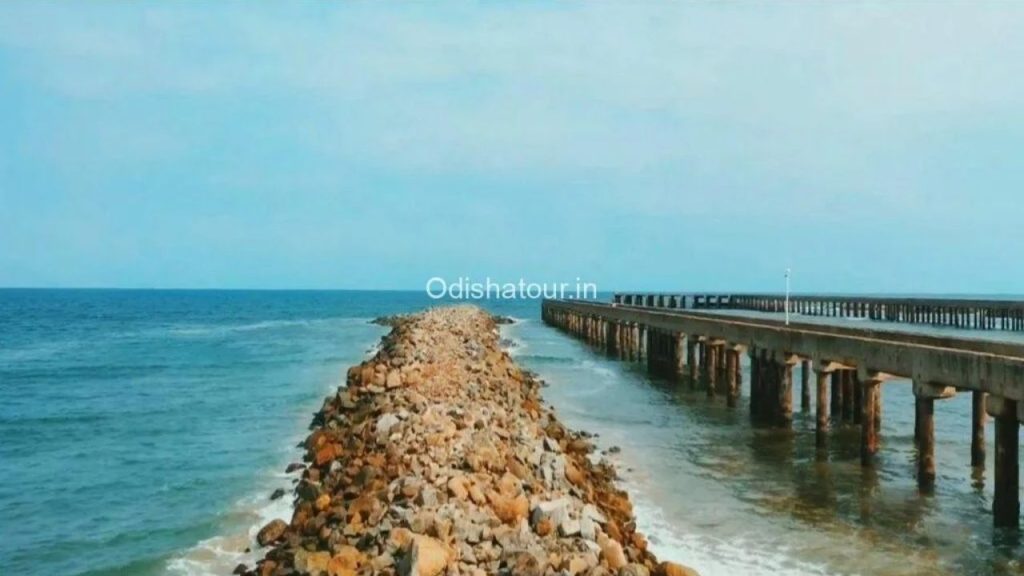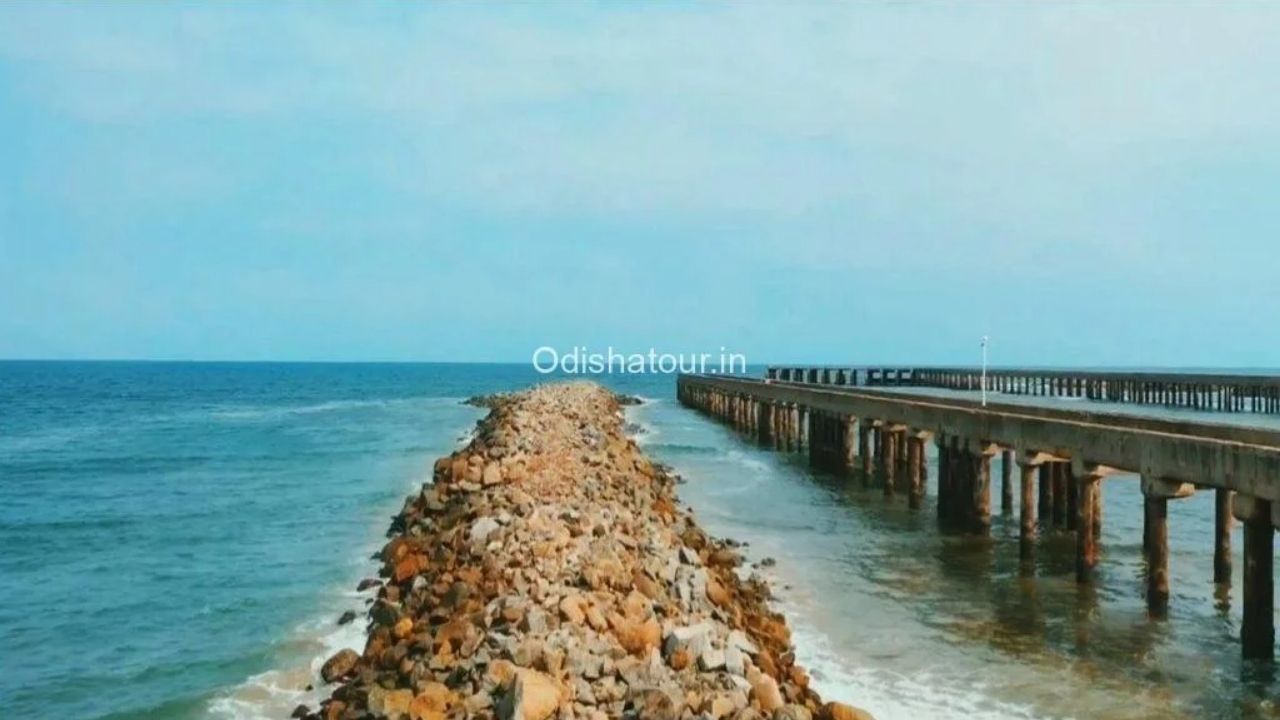Ganjam, Odisha – Aryapalli Beach, a once-popular coastal stretch in Odisha’s Ganjam district, has largely vanished due to severe and accelerating coastal erosion. This dramatic environmental shift underscores the increasing vulnerability of India’s coastline to the impacts of climate change, prompting concerns among local communities and environmental scientists. The rapid disappearance of the beach has significantly altered the local landscape and raised alarms regarding future climate adaptation strategies.

The Accelerated Loss of Aryapalli Beach
For decades, Aryapalli Beach served as a vital ecological zone and a destination for local tourism. However, recent years have seen an alarming rate of coastal erosion, directly linked by experts to rising sea levels and an increase in the intensity of cyclonic storms in the Bay of Bengal. Locals report that substantial portions of the beach have been washed away, with high tides now reaching areas previously far inland.
“We have witnessed the sea encroaching further every year,” stated Pratap Jena, a long-time fisherman from Aryapalli village, in an interview with the Press Trust of India (PTI) on July 28, 2025. “Our traditional fishing grounds are changing, and homes closer to the shore are now at risk.”
According to a report published by the National Centre for Coastal Research (NCCR) in early 2025, Odisha’s coast is among the most susceptible in India to erosion, with over 28% of its coastline experiencing significant changes between 1990 and 2018. The report highlights that rising global temperatures contribute to thermal expansion of ocean water and the melting of glaciers, both primary drivers of sea-level rise, exacerbating the problem of beach disappearance.
Climate Change as a Catalyst for Erosion
The scientific consensus attributes the intensification of coastal erosion to anthropogenically induced climate change. Dr. Sunita Rao, a senior research fellow at the Indian Institute of Tropical Meteorology, explained the mechanisms in a recent seminar on July 24, 2025. “Warmer ocean temperatures fuel more intense and frequent cyclones, which in turn generate stronger storm surges. These surges erode coastlines far more aggressively than normal tidal action. Concurrently, the gradual but inexorable rise in sea level means the baseline for these high tides and storm surges is already elevated.”
The Bay of Bengal, in particular, is a hotbed for cyclonic activity. Recent years have seen devastating storms like Cyclone Fani in 2019 and Cyclone Amphan in 2020, which caused widespread destruction along the eastern coast of India and Bangladesh. While these events are natural phenomena, their increased frequency and intensity are consistent with climate model predictions.

Socio-Economic Impact and Local Responses
The vanishing coastline at Aryapalli has profound socio-economic implications for the local population. Fishing communities, whose livelihoods are intrinsically linked to the marine environment, are particularly affected. The loss of sandy beaches disrupts traditional fishing practices, and the threat of saltwater intrusion looms over agricultural lands further inland.
“The government has initiated studies and some protective measures, but the scale of the problem is immense,” stated Sanjay Kumar Singh, District Collector of Ganjam, during a press briefing on July 30, 2025. “We are exploring both natural and artificial solutions, including mangrove plantation drives and the construction of geo-synthetic tubes, but sustainable long-term strategies are crucial.”
Mangrove forests, known for their ability to stabilize coastlines and act as natural barriers against storm surges, have been identified as a key component of nature-based solutions. However, historical deforestation and pollution have degraded many of these crucial ecosystems along the Indian coast.
Global Context and Future Outlook
The disappearance of Aryapalli Beach is not an isolated incident but rather a localized manifestation of a global challenge. Coastlines worldwide are grappling with similar issues of accelerating erosion due to sea-level rise and extreme weather events. The Intergovernmental Panel on Climate Change (IPCC), in its Sixth Assessment Report, warned that coastal communities globally face increasing risks from sea-level rise and associated hazards, even under scenarios of stringent greenhouse gas emissions reduction.
Governments and international organizations are increasingly focusing on integrated coastal zone management plans, emphasizing both mitigation (reducing greenhouse gas emissions) and adaptation (building resilience to unavoidable impacts). For regions like Ganjam, understanding localized erosion patterns and implementing effective protective measures are critical for safeguarding communities and ecosystems.
Orange and Yellow Warnings for Odisha: IMD’s Heavy Rainfall Alert Could Bring Devastating Storms
Odisha Government on High Alert as Jalaka and Subarnarekha Rivers Exceed Danger Levels
Threat of Flooding Intensifies in Odisha as Jalaka, Baitarani Rivers Surpass Danger Levels
The situation at Aryapalli Beach serves as a stark reminder of the urgent need for comprehensive climate action. While the immediate focus remains on protecting vulnerable communities, the long-term solution lies in global efforts to mitigate climate change and stabilize the planet’s warming trajectory. Without such concerted action, more coastlines like Aryapalli may continue to recede into the sea.





